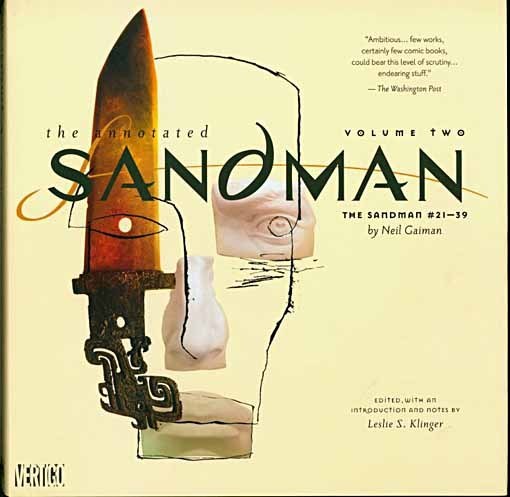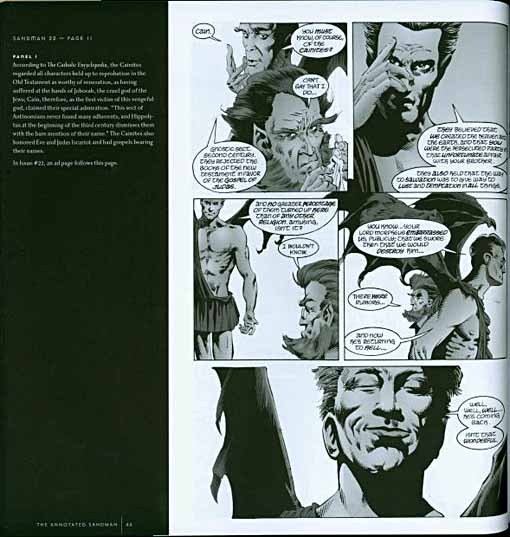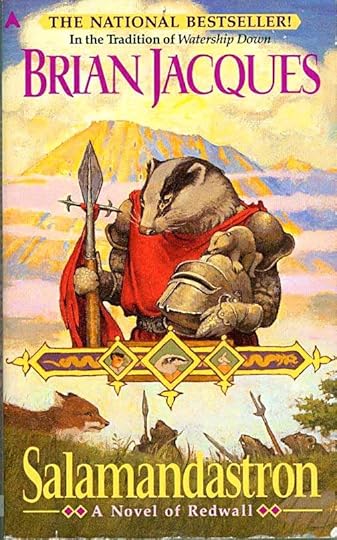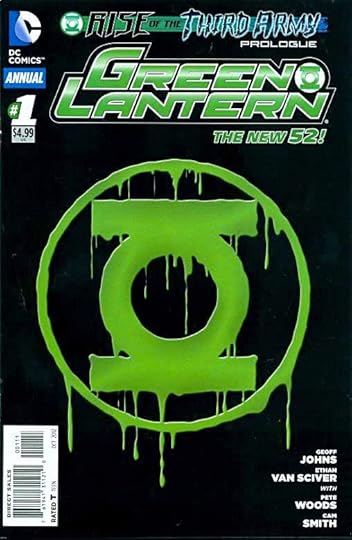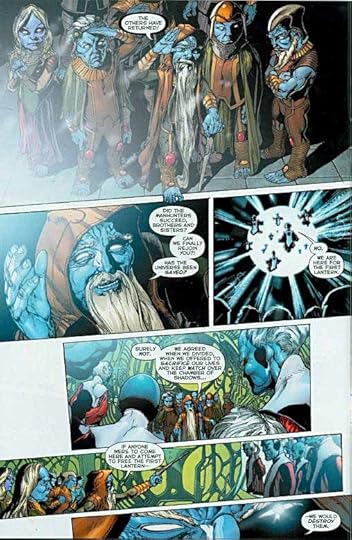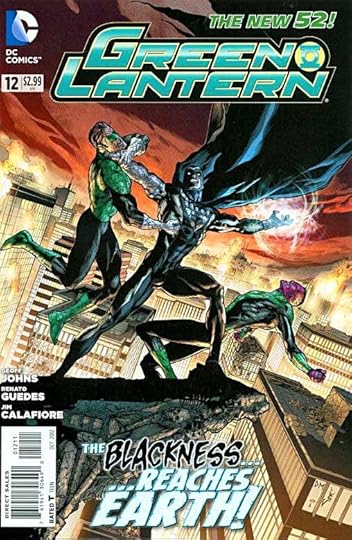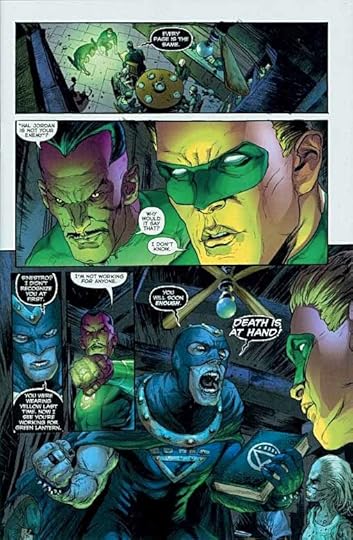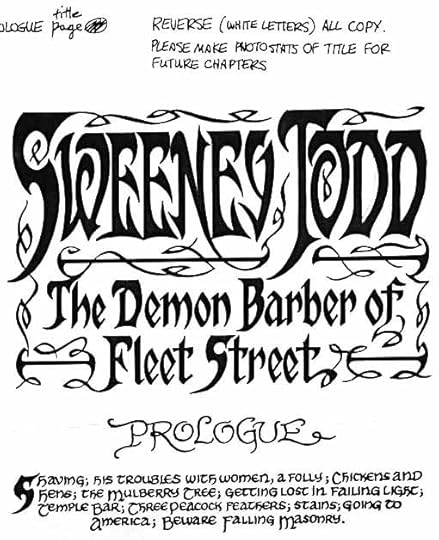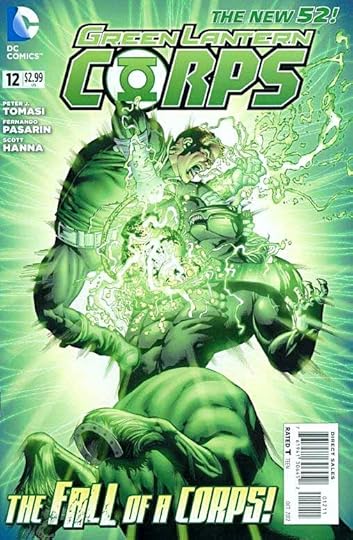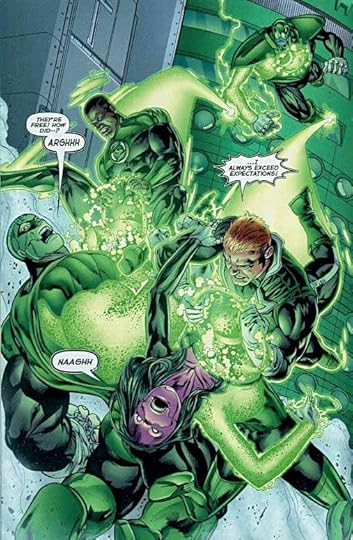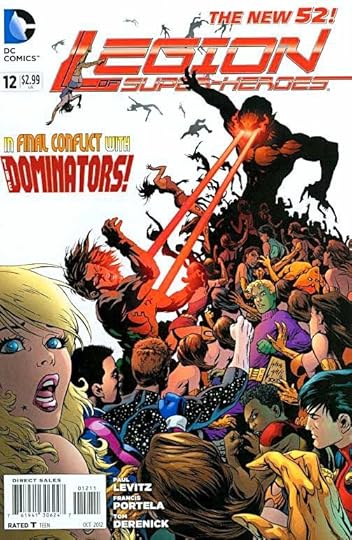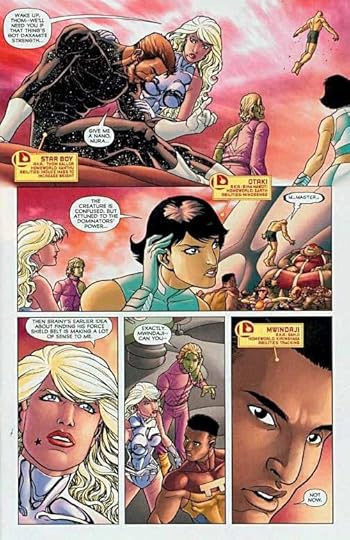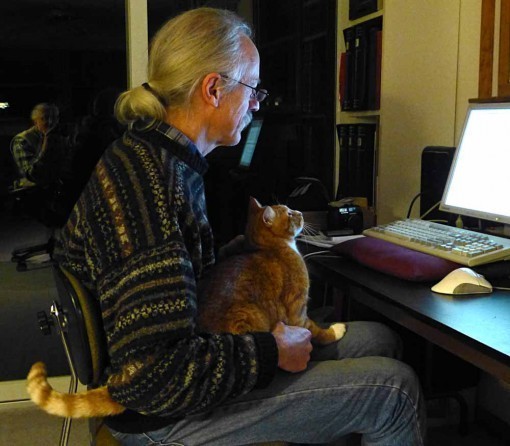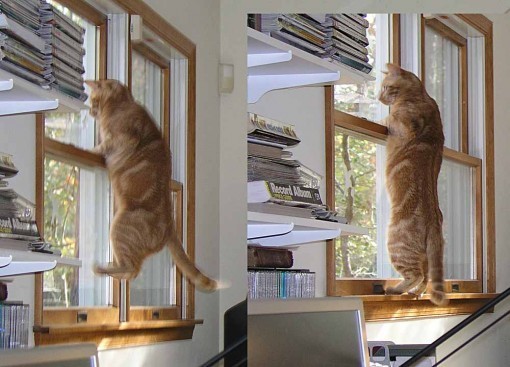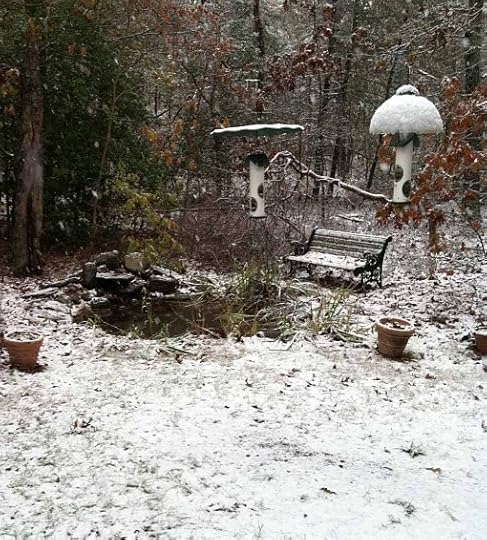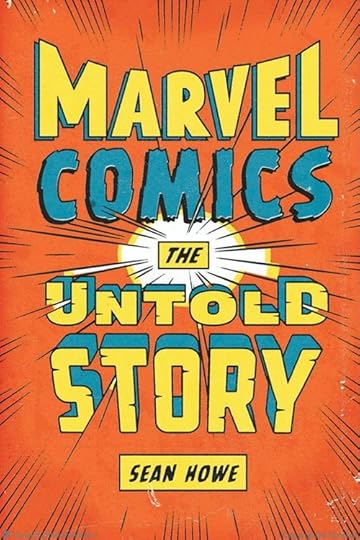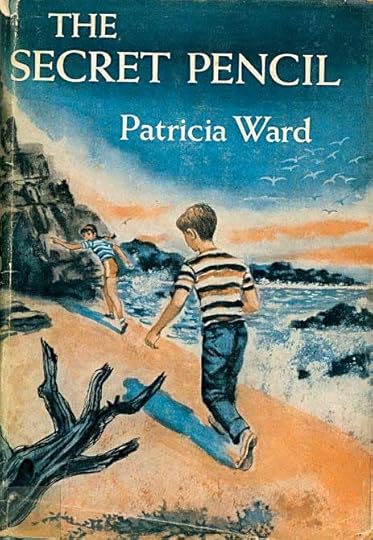Todd Klein's Blog, page 294
November 15, 2012
Incoming: ANNOTATED SANDMAN VOL. 2
Images © DC Comics, Inc.
DC didn’t send me volume one, so this is the first I’ve seen THE ANNOTATED SANDMAN. I wish I could recommend it to you, but I have to say I’m not impressed. The annotator, Leslie S. Klinger, has produced similar tomes for the Sherlock Holmes and Dracula stories. I like annotated fiction, I have a number of them in my library. But comics is not the same sort of thing as a novel or short stories. Klinger has chosen to focus almost exclusively on the writing by Neil Gaiman. Comics is a collaborative medium. To largely ignore the art shows a massive lack of understanding of that medium. Kind of like doing one of those commentary versions of a film with only the screenwriter talking about his script and influences, nothing from the director or cast.
This huge book reproduces each page of comics in grayscale, no doubt as a cost-savings, but the result is dull and monotonous. The notes are in the wide margins, but on many pages they take up only a small part of the page, or none of it. Quite a few pages with no notes, and a lot with the only note saying an ad page followed this one in the original comic, which I find rather pointless to even mention. Imagine if the annotator went after input from the artists, and had a deep knowledge of comics and art history. Then there would be lots more to write annotations about, and this series might be worthwhile. Hey, I could have said plenty about the lettering, if anyone asked. I’m sure Danny Vozzo could have added lots of new information about the coloring too, if it were present and he was involved.
Much of the material in the notes is available elsewhere in other books about Sandman and online. Klinger has had the advantage of reading and quoting from Neil Gaiman’s scripts, but that’s the only new source I see here. If his notes were presented alone as a book, they might fill 100 pages at most, and in that form I might have been interested in reading them, but I have to conclude this series is an opportunity wasted.
November 14, 2012
And Then I Read: SALAMANDASTRON by Brian Jacques
© Brian Jacques, cover illustration by Troy Howell.
This is the fifth book in the “Redwall” series of fantasy novels featuring humanlike animals in a mediaeval setting. By the fifth book in most series, one knows pretty much what to expect, and so it is here. There will be a lot of feasting, particularly in Redwall Abbey, on strange made-up dishes and unlikely ingredients, rather than food the animals involved, were they real animals, would be wanting. (This is clearly aimed at younger readers, and I often skip over it.) There will be a band of evil predatory animals preying on weaker ones, or attempting to assail strongholds of more noble creatures. Here, it’s led by a pair of deadly weasels, Ferahgo the Assassin and his son, who ultimately take on the mountain fortress of Salamandastron, home of a long line of badger and hare warriors. There will be young animals from Redwall Abbey out seeking adventure or retribution or both. Here it’s the squirrel Samkin, the mole Arula, and on a separate quest, the young hedgehog, Dumble, as well as a pair of young animals from Salamandastron who are out seeking adventure too, and getting into lots of serious trouble. There will be struggles, skirmishes, captures, escapes, and enough plot twists in each of several storylines to keep things moving well, and there will be mysteries that are gradually unveiled, tying it all together.
I can’t say I love this series. It’s entertaining reading, but there are things about it I don’t like. Aside from the endless feasting, there’s the many dialects, which are often hard for me to comprehend, particularly the one used by the moles. There’s the disconnect in size differences. We have small, fiesty, heroic animals like shrews fighting very much larger beasts like stoats and weasels. The legendary hero, Martin, was a mouse, and his sword is large enough for a badger to use. Nearly every animal is a vegetarian, even the natural carnivores. In order to really enjoy the series, you have to kind of overlook a lot of this and simply think of the animals as small people. Sometimes it works better than others.
I found this volume only passably good, I’ve enjoyed some of the others more. It has its moments, but it also feels like there isn’t a lot new here. Mildly recommended.
November 13, 2012
And Then I Read: GREEN LANTERN ANNUAL 1
Images © DC Comics, Inc.
In this comic, writer Geoff Johns begs the questions: Can a major storyline revolve around a philosophical decision? and Can a Prologue have an Epilogue? His answer to both is, yes, why not?
Annuals began as a place to reprint old stories that many readers might have missed, but with the early Marvel annuals leading the way in the 1960s, they became a place for a new, longer story: the wedding of Reed and Sue Richards for instance. These days annuals are often just another chapter in a continuing story, and not so special, but in this one, Geoff Johns has managed to have it both ways. Yes, it’s the prologue to the next big Green Lantern crossover event, “Rise of the Third Army,” but it also introduces some fascinating new ideas and characters like a group of Oans who have been locked away as guards in a remote prison for billions of years. What are they guarding? A powerful being called the First Lantern. Not a lot is revealed about that, but I like the concepts.
The Guardians have been building up to their destruction of the Green Lantern Corps for months, and in this book they begin it. Why? A philosophical point! They’ve decided that the cause of all the problems in the universe is Free Will, and that they must destroy it. As one Guardian states on the first page, “Sentient beings should NOT be making choices. We know better than they do.” Stopping free will seems an impossible task, but they’re clearly going to try anyway, and as they’re quite powerful little madmen, it should be an interesting struggle.
In the Epilogue, we learn a bit more about the Guardians’ plans, and what the Third Army they’re raising will consist of. I didn’t find this as interesting as the rest of the book.
Here are some of those lost Oans, with terrific art by Ethan Van Sciver. The Epilogue has art by Pete Woods and Cam Smith, also good.
Recommended.
November 12, 2012
And Then I Read: GREEN LANTERN 12
Images © DC Comics, Inc.
The return of William Hand, one of the driving forces behind the “Blackest Night” crossover event, is a kind of repeat of that theme in miniature, though it does present some nice character moments, and some creepy ones as well. The horde of zombies is certainly nothing new, and I find I’m pretty tired of zombies these days (never a big fan to begin with). The real thrust of the plot is toward the next big storyline, and this issue helpfully provides a brief summary of what’s led up to it in all the GL titles. Next stop, the GL Annual.
The art by Renato Guedes and Jim Calafiore (on separate sections) is fine, though not as good as regular artist Doug Mahnke, who is probably busy elsewhere.
Recommended.
November 10, 2012
Gaiman, Zulli and Todd
Sweeney Todd, that is. In honor of Neil’s birthday today I thought I’d post this lettering from the Prologue to what was planned to be a series written by Neil Gaiman, art by Michael Zulli, lettering by me. Only the Prologue was ever produced. This was lettered on vellum over Michael’s art in 1991 or ’92, and per the instructions, reversed to white lettering on black for the printed book. For the title I was going for something Victorian as well as demonic, and I think it works pretty well. The subtitle lettering is less successful, not really an appropriate style and the ink spread a bit making it hard to read in spots. Or that might just be from a too-dark photocopy. Too bad it never went any further, but I did work with the two of them on some Sandman issues that were quite enjoyable a few years later. The text is © Neil Gaiman. Happy birthday, Neil!
November 9, 2012
And Then I Read: GREEN LANTERN CORPS 12 *SPOILER*
Images © DC Comics, Inc.
IF YOU HAVEN’T READ THIS ISSUE YET, YOU SHOULD PROBABLY SKIP THIS REVIEW, OR COME BACK TO IT LATER.
The battle between the Corps and the Alpha-Lanterns comes to a climax in this issue. Peter Tomasi has built his story well, and even though most of the issue is fighting, it does seem appropriate and not gratuitous. As you might guess, the Alphas come out the worse, with most of them deceased at the end. This means The Green Man, a character I co-created, is dead again. Killed once during the INVASION crossover series years ago, resurrected by co-creator Dave Gibbons when he relaunched this title a few years back, now dead again. I was expecting it, and I have to say the whole Alpha-Lantern thing was pretty awful, so perhaps it’s just as well. I mean, a Lantern battery in your chest? Ick.
As with all the Green Lantern books, this feeds into the continuing destruction of the Corps by the Guardians, which will develop in the GL Annual I haven’t read yet, and I’m sure lead to the next GL crossover event about the “Third Army.” We’ll see how that goes.
The art by Fernando Pasarin and Scott Hanna continues to be quite good. Things get a bit confusing in the battle scenes at times, but that’s understandable.
Recommended.
November 8, 2012
And Then I Read: LEGION OF SUPER-HEROES 12
Writer Paul Levitz has wrapped up the Dominator storyline in this issue, which begins with some of the Legion on the Dominator homeworld, bound and about to be eaten. Other Legionnaires are on the way to rescue them after settling with the bureaucrats that wanted to stop them, and an escape by Dream Girl begins to turn the tables, but everyone’s greatest effort is needed.
The main artist on this issue is Francis Portela, with a few pages by Tom Derenick. Both do fine, but Portela still has trouble with his figures. Some of them tend to look more like mannequins than real people, with Otaki above as an example. Those three-quarter views seem to get the best of him. Derenick’s pages, by contrast, have figures that seem more natural and real. The cover by Steve Lightle is great, as always.
Recommended.
November 7, 2012
Cats, Company, Chilly Weather
Our storm-refugee company, my friend Tim and my Mom, are still with us. Mom’s power went on yesterday, but Tim’s is still off, and they elected to stay a while longer, especially with another storm heading our way. Tim brought his computer, and it’s been nice having someone else working in my studio the last few days. Tigger seems to like it, too.
As for Leo, he’d rather try to catch the birds at the window feeder, even though he never can. He sits staring and talking quietly about those darn birds, then leaps up repeatedly, trying to get them, or at least scare them. At first they fly away, but already they’re getting used to him and beginning to ignore him.
The storm arrived as scheduled today bringing some wet snow with it. Not a lot, but enough to cover some of the ground.
Here’s the back yard with more feeders and the pond. It should all melt soon, as the ground is not very cold, but things could be different north and west of us. And the barrier islands, still trying to recover from Sandy, don’t need any more wind and storm surge, but will get some anyway. Hopefully not much.
November 6, 2012
And Then I Read: MARVEL COMICS, THE UNTOLD STORY
© Sean Howe, image © Harper Collins, Publishers.
If you’re at all interested in the history of comics, especially behind-the-scenes material, this book is a must read. It details the entire history of the company that began as an offshoot of publisher Martin Goodman’s pulp magazine line in 1939, went through a roller-coaster ride of booms and busts in the 40s and 50s, hit paydirt in the 1960s in the creative hands of Stan Lee and Jack Kirby, gradually became a comics behemoth in the 70s and 80s, and then, through several sales and lots of corporate squabbling, an corporate football and cash cow, a bankrupt shell, a publicly-held entity, and finally a very successful movie studio/publisher. It was quite a ride, and author Sean Howe hasn’t missed a turn or spill, drawing on dozens of interviews from those involved, and lots of what seems to me to be careful research. Stan Lee is, of course, at the center of things throughout, and like all the players is depicted in clear, journalistic prose that reveals both his strengths and weaknesses, his complexities and foibles. Every player of note gets pretty much the same treatment, including Jack Kirby and many other artists and writers, as well as the editors, production staff and bosses.
Howe splits his focus somewhat into following what was happening in the comics themselves, including sometimes lengthy descriptions of characters and plotlines, and what was happening corporately, editorially and creatively. The former material seems overdone, but perhaps that’s because I know most of it already, as a longtime Marvel reader. The latter is much more interesting, and makes the book a gem for me. I could only wish there were more details about the company and its employees in the 40s and 50s, but I know that info is hard to come by. This is no short story, and the notes and references are extensive, but it’s all fascinating. And having it written by someone outside the comics field (Howe is a journalist) makes the resulting book feel more even-handed to me, though he does express his opinions about some things, particularly poor corporate decisions (and there were many!).
I’ve worked for Marvel as a freelancer since about 1987, and even things I did for them came through in this book in a different light, once I knew the corporate and editorial situation going on at the time. I found myself wishing I could have worked in the Marvel Bullpen in its heyday in the 1960s, and very glad not to have been on staff in the 80s and 90s, for instance.
I read this as an e-book, and there are almost no pictures. Don’t know if that’s true of the printed version, but since this is an UNauthorized book, I imagine using anything from the comics was out of the question. Doesn’t matter, Howe brings everything to life, and if you need visual reference, the internet is always ready.
Highly recommended!
November 5, 2012
Rereading: THE SECRET PENCIL by Patricia Ward
© Patricia Ward, cover illustration by Paul Galdone.
I read a ton of childrens books in my own childhood, and from time to time I come across one that seems only vaguely familiar. That’s the case with this one, found at a recent sale. As soon as I saw the cover I knew I’d read and liked it, but nothing more. It made comforting reading during our recent storm evacuation.
Anna and her brothers have gone for their annual summer stay with their uncle on the coast of Wales, a happy time of sailing, beachcombing, pony riding and more, but on the very first day, Anna finds herself alone on the beach. She enters a cave that had always frightened her, but this year she feels a little braver, and is rewarded with something found in the rocky walls. Blackened with age, she sees it’s a pencil with an amethyst stone set in the top, and on returning home, she cleans it up, finding it’s made of silver. Anna decides to write something with it, and that’s when the magic begins.
The pencil takes on a life of its own when put to paper, and soon is having a written/spoken dialogue with the young girl. It’s a feisty thing, challenging her, yet also leading her into action with a series of mysterious commands and advice. Before long, Anna is doing things like hunting for treasure and rescuing a boy caught out in the rocks on a rising tide. The boy, Phllippe, a French Canadian, soon becomes a good friend and shares her secret.
I won’t give too much away by saying there’s a ghost involved, one with a strong interest in this house and family, as is gradually revealed. Further storylines bring in other characters with long and colorful pasts that are tied into the family in surprising ways, and there are lots of exciting adventures for the entire family, often begun by something the secret pencil has told Anna.
Well written and a great read. If you can find this book, I highly recommend it. The original British title was “The Silver Pencil.” It’s the only book I can find by the author, and doesn’t seem to have ever been reprinted in paperback. Original publication date of the US edition is 1959.
Todd Klein's Blog
- Todd Klein's profile
- 28 followers


